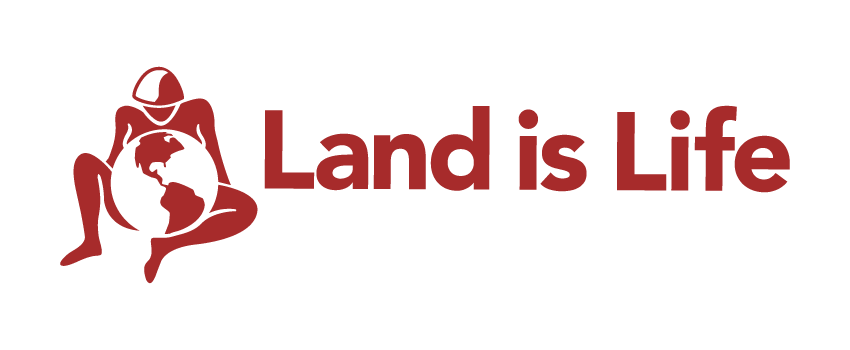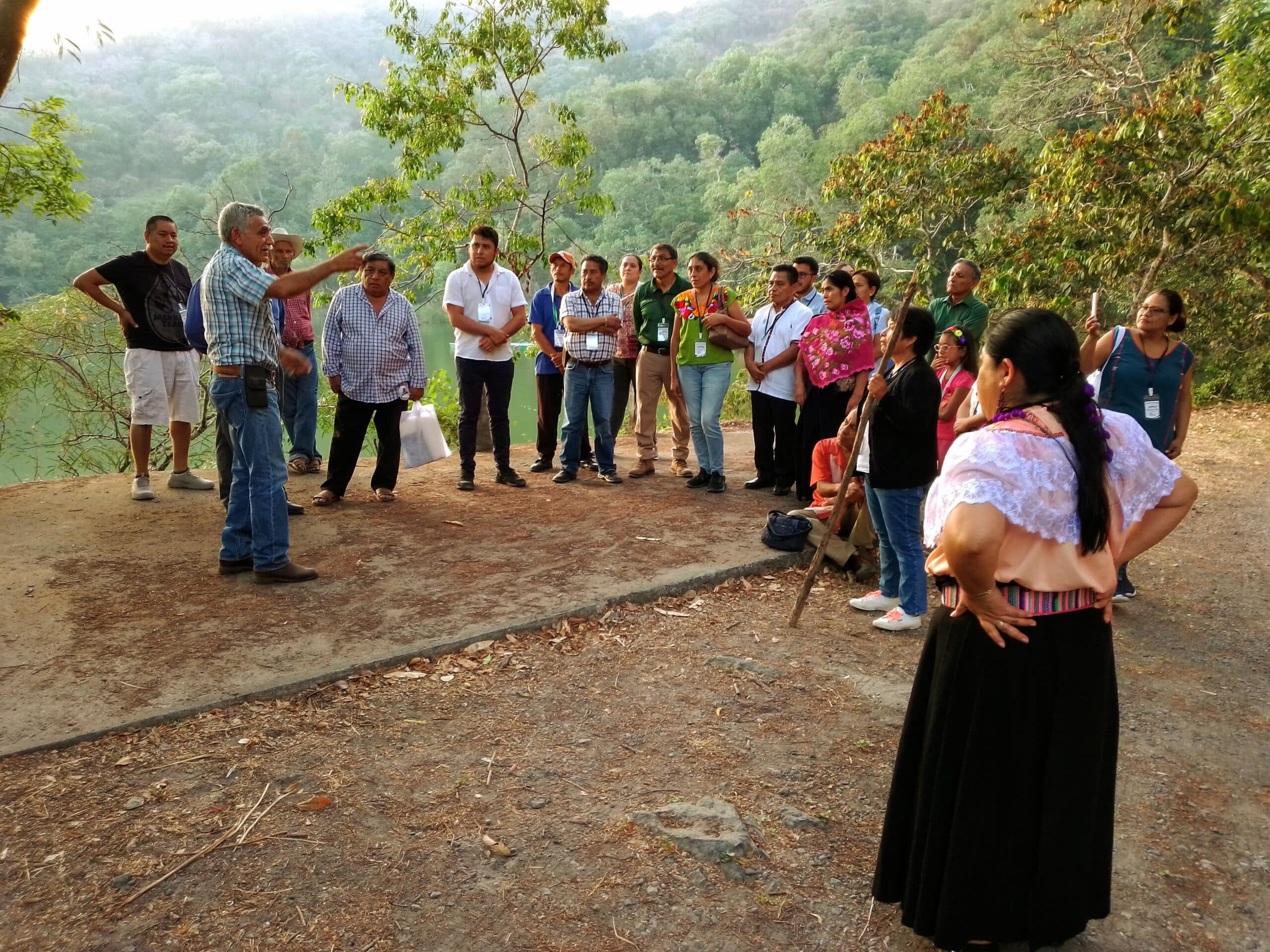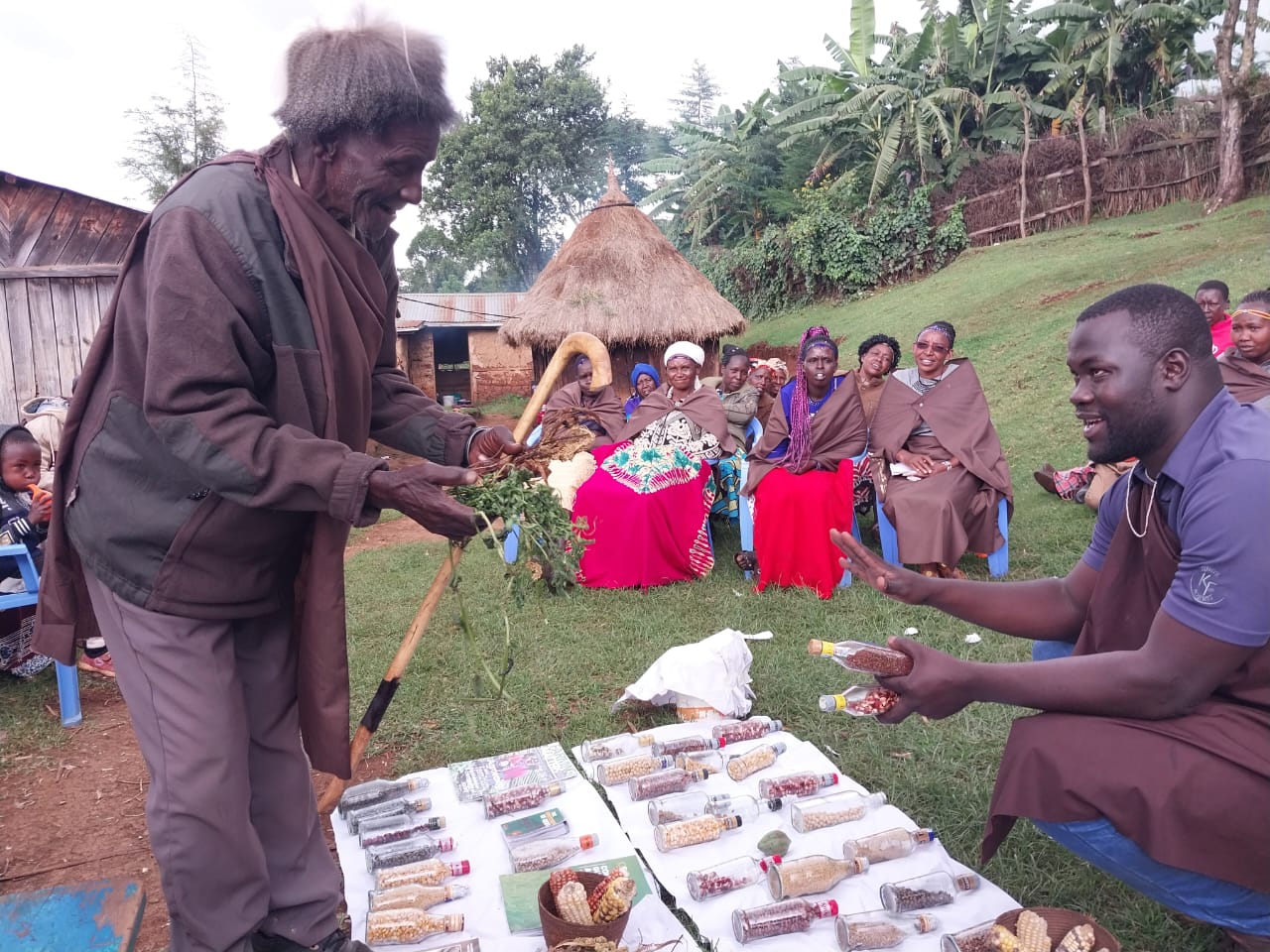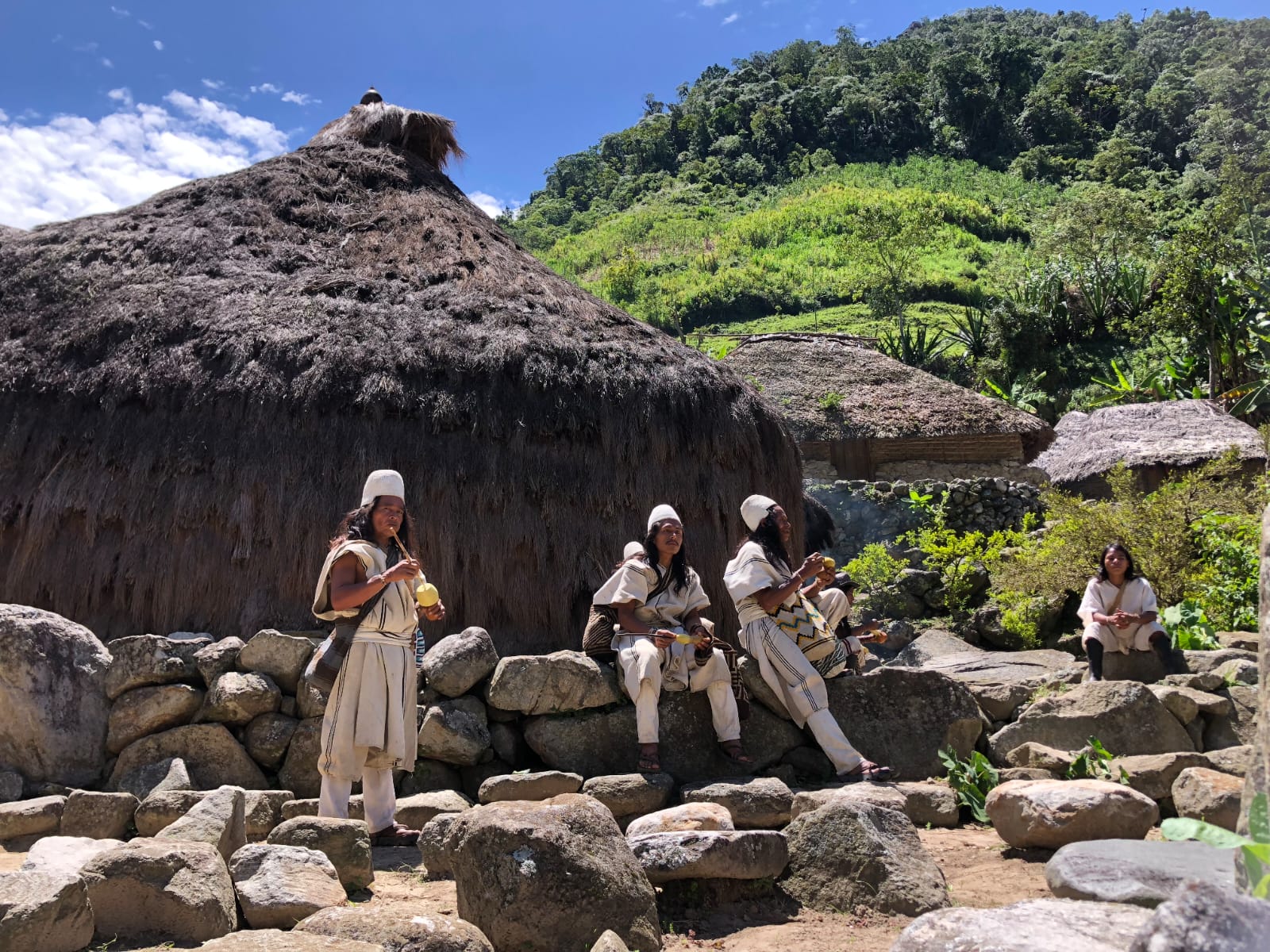Indigenous Peoples languages not only strengthen social cohesion and the transmission of values and community practices, but they also preserve systems of knowledge essential for the safeguarding of the planet. Their preservation is crucial, not only for the cultural identity of each people but also for the balance and conservation of nature.
By: Guriwun Torres*
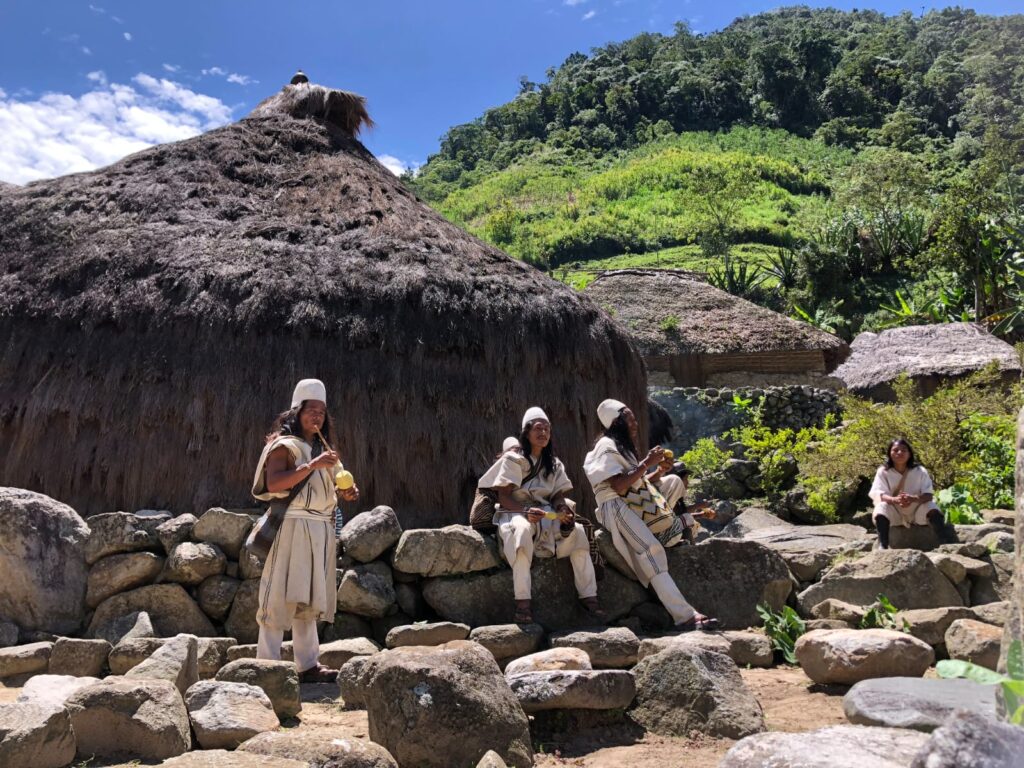
Indigenous Peoples’ languages are a reflection of the culture of their speakers, their cosmovisions, and knowledge. They contain wisdom about how, where, and when to use the resources and goods of nature, making them essential in ecological protection and conservation, as well as in the harmonious relationship between Indigenous Peoples and their environment. These languages are the main medium through which knowledge, the history of their Peoples, and their territories have been passed down from generation to generation, acting as custodians and sources of cultural heritage.
They represent the very language in which the inherent relationship between the spiritual world and the material world is expressed, a vision that guides Indigenous Peoples’ understanding of nature, the universe, and everything contained within it. This knowledge has allowed for the preservation of biodiversity and ecosystems in various regions of the world. It is no coincidence that many areas with high biodiversity are also rich in cultural diversity, represented by Indigenous Peoples and linguistic diversity.
A clear example of this is the Sierra Nevada de Santa Marta, ancestral territory of the Indigenous Peoples Arhuaco, Kogui, Wiwa, and Kankwamo, who speak three Indigenous Peoples’ languages: Ikun, Kogui, and Dámana. Its high level of endemism and biodiversity in flora and fauna, documented by biologists and ecologists, demonstrates how cultural practices and traditional knowledge have been fundamental in its conservation.
From my experience as an Indigenous woman and as a biologist, I have found and understood that there is no more intimate and profound way to understand cosmovisions and knowledge than by exploring them through the language itself. The language guards deep layers of cultural knowledge.
For example, in the Arhuaco people, when the Mamos (spiritual authorities) teach or explain an idea related to the cosmovision – whether it is about a natural phenomenon, an object, an animal, a plant, or a star – they do so in a language that is not everyday language, but one that is more precise and specialized. An example is the concept Seyn zare (seyn = related to the night, zare = past suffix), which literally translates as “when everything was darkness.” This expression refers to the beginning of time, when everything was darkness, and everything existed only in thought and spirit, when the norms that govern nature and the universe in the present began to be established. This word is often translated as “Law of Origin,” a concept fundamental to explaining the norms and laws that govern the mission and mandate of the Arhuaco People in the care of life.
To understand this type of knowledge, it is not enough just to speak the language; a prior understanding and a broad mastery of the vocabulary are required to grasp and access these concepts. When it is necessary to comprehend these uncommon terms in everyday life, seeking someone with this knowledge, who can interpret and explain in a more accessible language, becomes an indispensable option.
Therefore, the extent of knowledge can only be fully grasped to the degree that one’s understanding permits and as much as those with the wisdom are willing to share. When these concepts are translated without this level of depth, they are often oversimplified, losing key ideas and nuances. Protecting Indigenous Peoples’ languages is essential to preserving the richness and depth of ancestral wisdom.
In the Arhuaco or Iku people, the language is called ikun, which means “to speak in the language of the Iku.” However, when it comes to transmitting knowledge and ideas, it is referred to as ga’kunamu, which literally translates to “carrier of the message/idea.” This reflects that the ideas explaining the cosmovision of all aspects surrounding the Arhuaco are contained in the ga’kunamu. Therefore, when an Arhuaco refers to their own language, they say niwi ga’kunamu, which can be translated as “our ideas,” “our thoughts,” or “our language,” depending on the context.
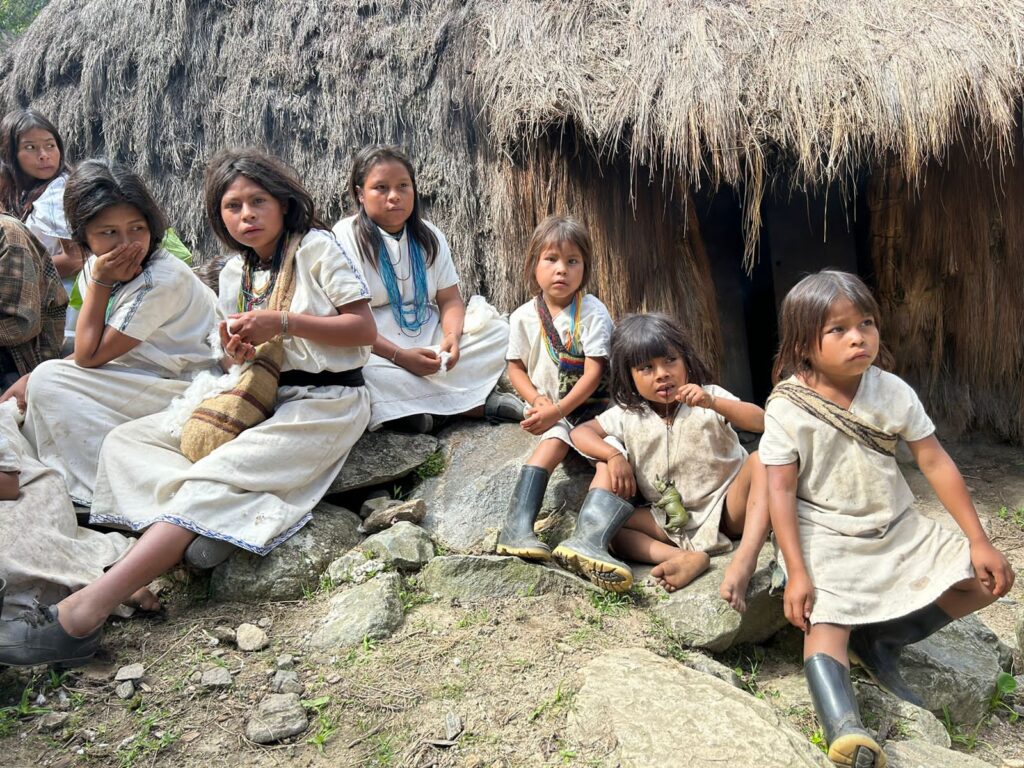
All of these forms of knowledge are expressed and developed in everyday life, influencing collective decision-making and the defense of territory, which is the very manifestation of culture. Thus, the Arhuaco mission is to safeguard the natural balance of the planet through rituals, payments, dances, and the strict observance of the Law of Origin, which is transmitted through the language or ga’kunamu. These practices seek respect and reciprocity with Mother Earth, the universe, and all its beings, which constitute biodiversity and ecosystems.
It is understood then that within the language resides the knowledge of biodiversity and the sustainable use of resources, encompassing everything from the most everyday aspects to the most complex elements of the cosmovision. This knowledge is deeply connected to the territories that Indigenous Peoples inhabit, conserve, and protect.
Indigenous Peoples’languages carry the knowledge of the land inhabited by their speakers. The specificity in the naming of geographical features—rivers, lakes, lagoons—and the beings that make up the landscape—plants, animals, fungi, insects, rocks—not only reflect their uses but also their connection to the history and cosmogony of each being. This speaks to the complexity with which these cultures understand nature.
For example, in the Ikun language, the puma (Puma concolor) is called gwiajina, a compound word whose literal meaning is “older brothers,” gwia = older brother, and the suffix jina = plural. Why are they called older brothers? For the Arhuaco cosmovision, these felines are the first inhabitants of the territory, considered Mamos, guardians of the kunsamu, knowledge and wisdom that are preserved in the mountains, high moors, and snowy peaks of the Sierra Nevada de Santa Marta, which are their Kunkurwas or ceremonial homes.
Although most Indigenous Peoples do not have a written tradition, there are knowledge systems that have been documented in geoglyphs and paintings, whose shapes and images are interpreted by the wise individuals or spiritual authorities of each people in their language. For this reason, Indigenous Peoples recognize different types of language, such as the interpretation of the sounds and behavior of certain insects and birds, the arrangement of clouds, the speed and direction of winds, the position of stars, or the color of the sky. These observations and analyses guide decisions in daily life, from agricultural planning to social events such as marriage or collective meetings. All this knowledge is part of the language that is expressed and transmitted through the tongue.
*Guriwun Torres Zalabata is an Indigenous woman from the Arhuaco People of the Sierra Nevada de Santa Marta, Colombia. A biologist by profession, with a focus and interest in ethnobiological research, strengthening traditional knowledge, and defending the rights of Indigenous peoples. She is a member of the Network of Indigenous Women on Biodiversity in Latin America and the Caribbean.
She is part of the professional and support team of the Arhuaco Indigenous authorities in environmental and/or educational projects and programs, integrating Indigenous perspectives both in their formulation and implementation. She is also an interpreter and translator of the Ikun language
